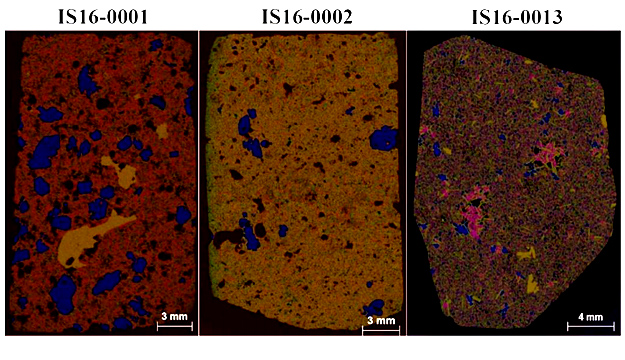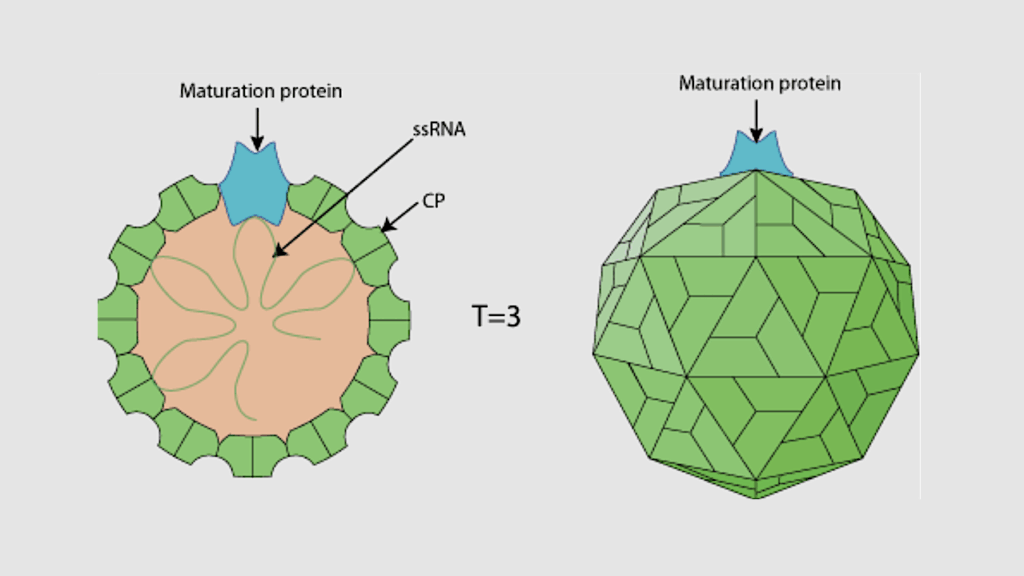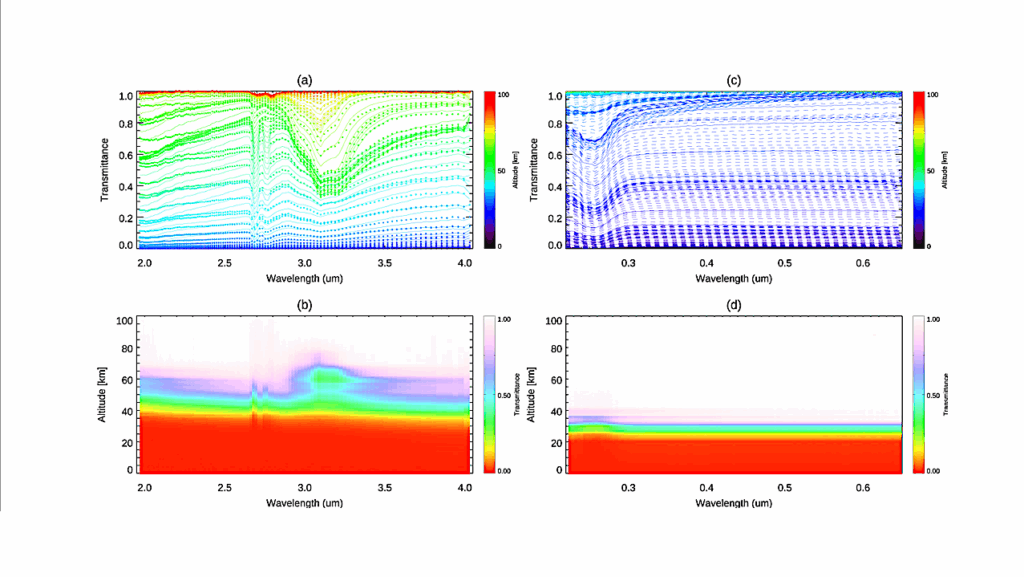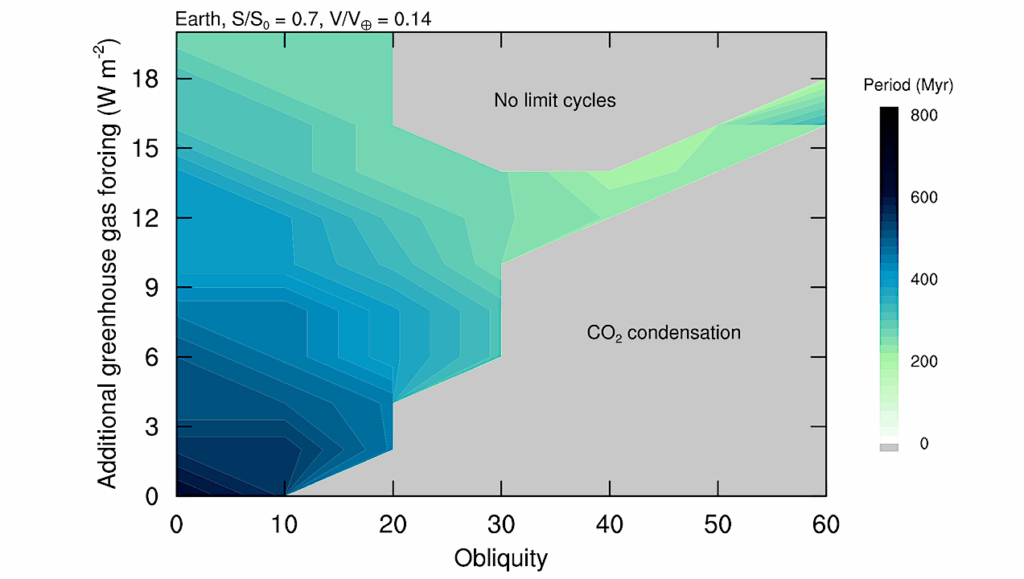Spectroscopic Study Of Olivine-bearing Rocks And Its Relevance To The ExoMars Rover Mission

We present the compositional analysis of three terrestrial analogues of Martian olivine-bearing rocks derived from both laboratory and flight-derived analytical instruments.
In the first step, state-of-the-art spectroscopic (XRF, NIR and Raman) and diffractometric (XRD) laboratory systems were complementary used. Besides providing a detailed mineralogical and geochemical characterization of the samples, results comparison shed light on the advantages ensured by the combined use of Raman and NIR techniques, being these the spectroscopic instruments that will soon deploy (2021) on Mars as part of the ExoMars/ESA rover payload. In order to extrapolate valuable indicators of the mineralogical data that could derive from the ExoMars/Raman Laser Spectrometer (RLS), laboratory results were then compared with the molecular data gathered through the RLS ExoMars Simulator.
Beside correctly identifying all major phases (feldspar, pyroxene and olivine), the RLS ExoMars Simulator confirmed the presence of additional minor compounds (i.e. hematite and apatite) that were not detected by complementary techniques. Furthermore, concerning the in-depth study of olivine grains, the RLS ExoMars simulator was able to effectively detect the shifting of the characteristic double peak around 820 and 850 cm-1, from which the Fe-Mg content of the analysed crystals can be extrapolated. Considering that olivine is one of the main mineral phases of the ExoMars landing site (Oxia Planum), this study suggests that the ExoMars/RLS system has the potential to provide detailed information about the elemental composition of olivine on Mars.
Marco Veneranda, Jose Antonio Manrique, Guillermo Lopez-Reyes, Jesus Medina, Imanol Torre-Fdez, Kepa Castro, Juan Manuel Madariaga, Cateline Lanz, Francois Poulet, Agata M. Krzesinska, Helge Hellevang, Stephanie C. Werner, Fernando Rull
Subjects: Earth and Planetary Astrophysics (astro-ph.EP); Instrumentation and Methods for Astrophysics (astro-ph.IM)
Journal reference: Spectrochimica Acta Part A: Molecular and Biomolecular Spectroscopy, 2019, 223, 117360
DOI: 10.1016/j.saa.2019.117360
Cite as: arXiv:2101.08537 [astro-ph.EP] (or arXiv:2101.08537v1 [astro-ph.EP] for this version)
Submission history
From: Marco Veneranda
[v1] Thu, 21 Jan 2021 10:38:08 UTC (1,274 KB)
https://arxiv.org/abs/2101.08537
Astrobiology,








